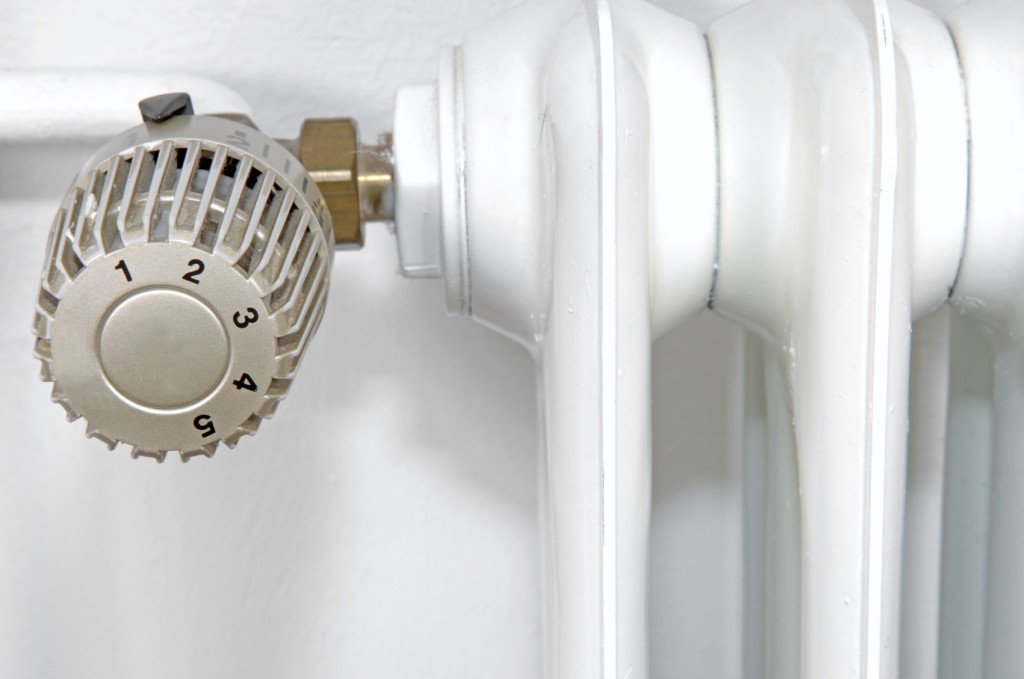Is Underfloor Heating Better Than Radiators?

It’s perhaps the key heating choice when you’re renovating your house or planning a new build project – are you going to go for underfloor heating or traditional radiators. It’s a tough decision because there is no right and wrong answer. Each method has its advantages, and disadvantages.
Underfloor heating
Underfloor heating, as the name suggests, works by turning the whole floor area into a radiator. There are a few ways of doing this, either by running water pipes under the floor to provide the heat, or electric cables. As heat rises, the warmth generated by the floor gently heats the room. You will need a separate underfloor heating system in each room of the house.
Advantages of Underfloor Heating
There are several main advantages which underfloor heating have over the alternative options.
- More efficient – underfloor heating runs at a lower temperature than radiators, so will lower your fuel bills.
- Having your heating under the floor leaves wall space free, giving more freedom over how you arrange the room.
- It’s totally out of sight – no bulky radiators to spoil the look of your room.
- The heat is spread evenly through the room so there are no cold spots.
Disadvantages of Underfloor Heating
It’s not all positive news though, there are several issues with underfloor heating which could impact on your installation decision.
- Lack of instant heat. It depends on the set-up, but it can take an hour or more to start to feel the benefit of the heating after switching it on.
- It’s disruptive to install as it will mean pulling up the entire floor. Therefore it might not always be the best option for retro-fitting into your home.
- Doesn’t work with all flooring options. Underfloor heating works best with hard floors like tiles or wood. If you prefer carpet, underfloor heating might not be the best option for you.
Radiators
Radiators are the conventional option. Most of us have grown up with this style of heating, and it doesn’t really require lengthy explanations. The number and size of radiators you need will depend on the size of the room you’re heating. A heating engineer can help with this, and can help with installing radiators and linking them to your boiler.
Advantages of Radiators
The reason why radiators have endured in our homes is that despite modern advances, there are still lots of advantages to this method of heating.
- Quick heating. Once you turn the heating on, the radiators respond quickly and you start to feel the benefit within minutes.
- Cheap to install, widely available in builders’ merchants and DIY stores.
- Minimal disruption when installing in your home.
Disadvantages of Radiators
There are some problems with a radiator based heating system which you should bear in mind when looking at which heating system to install.
- Radiators don’t always distribute the heat evenly around the room. This results in cold patches and warmer patches.
- Need sufficient wall space to position the radiators which restricts furniture placement.
- Cool down quicker when your heating goes off.
- Less energy-efficient than other heating options.
